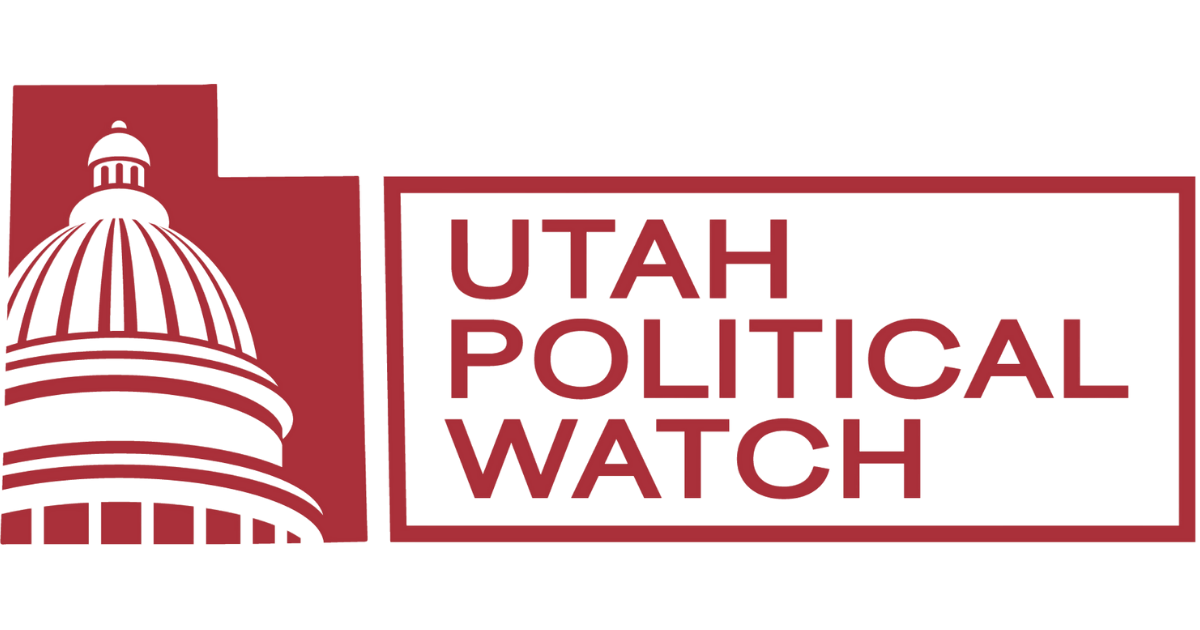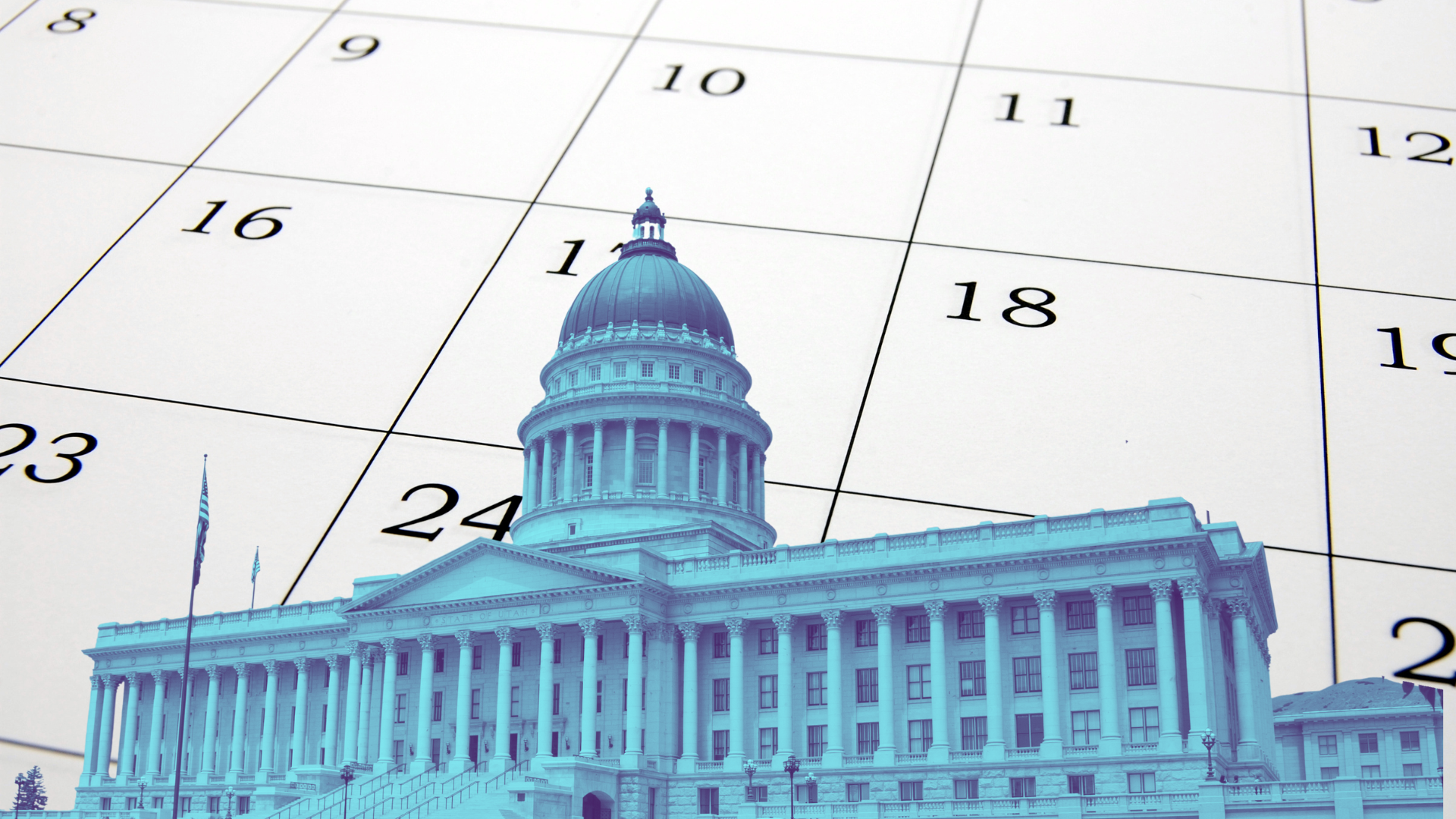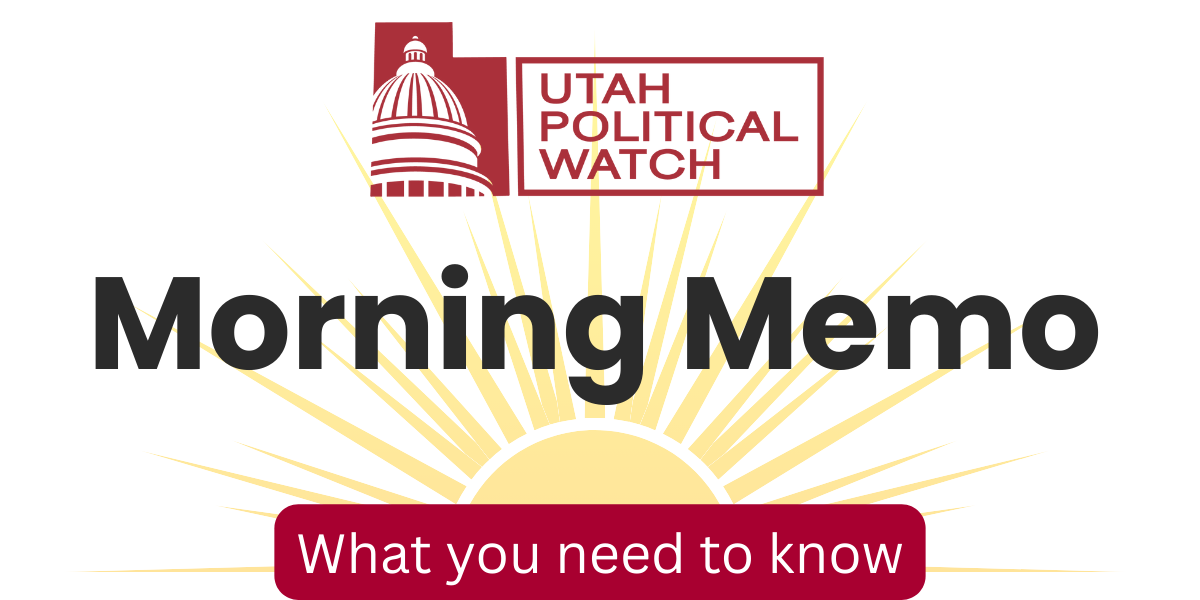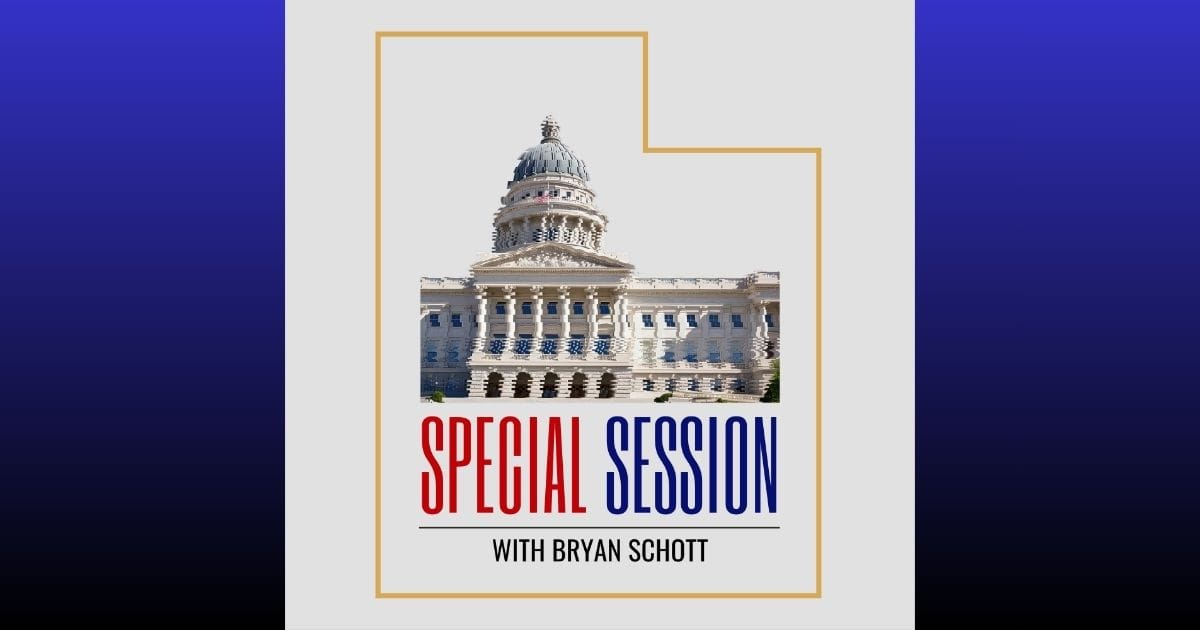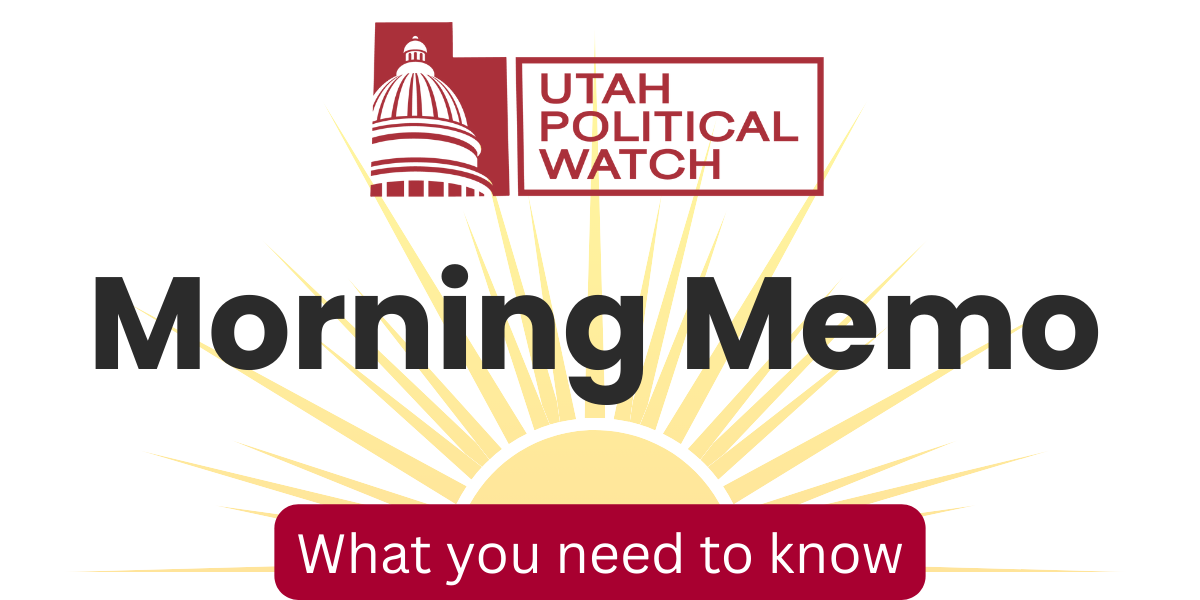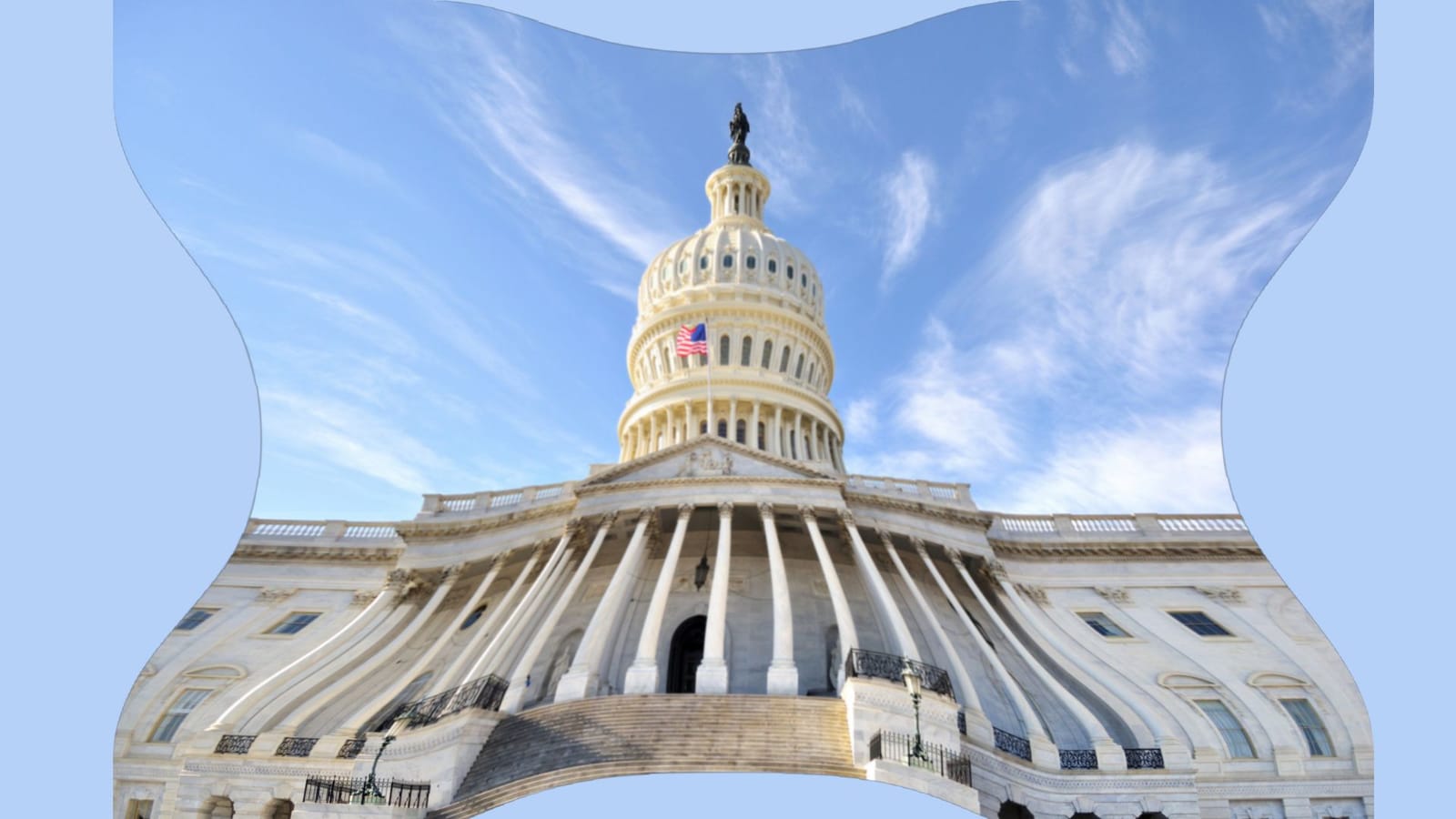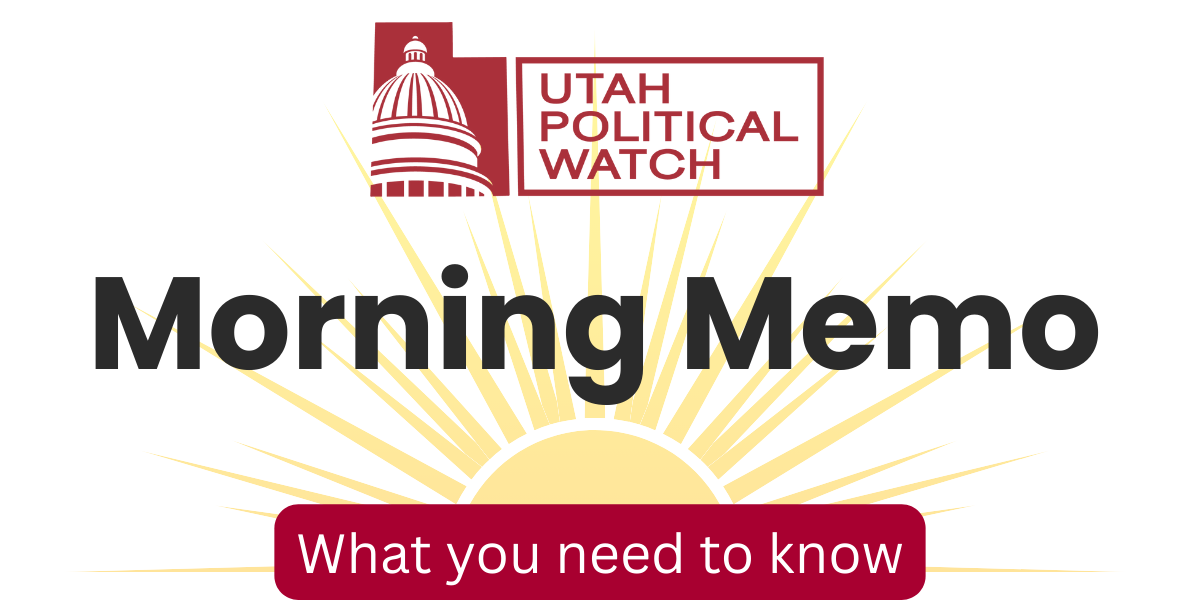Republican leaders in the Utah Legislature say they’ll redraw the state’s congressional map after a judge tossed it this week. But, they may be poised to use that “redo” to launch a fresh court fight that could delay or even derail new lines for the 2026 midterms.
On Monday, Third District Judge Dianna Gibson ruled lawmakers violated the Utah Constitution when they repealed Prop. 4, the voter-approved ballot initiative that created an independent redistricting commission and banned partisan gerrymandering - both undone by the Legislature in 2020.
Prop. 4 set tight rules: keep cities and counties intact where possible and don’t draw districts to benefit an incumbent, candidate or political party. Gibson gave lawmakers until Sept. 24 to submit new maps—or the court will take over.
In a Thursday press release, Senate President Stuart Adams and House Speaker Mike Schultz said the Legislature will meet the deadline—even as they doubled down on their claim that redistricting is solely the domain of the legislature.
“Despite a misguided court ruling and an arbitrary 30-day deadline, the Utah Legislature will defend its constitutional authority and move forward with redrawing the state’s congressional map,” the statement read.
"The court’s order unconstitutionally ties the Legislature’s hands by mandating certain redistricting criteria when the U.S. and Utah constitutions leave it to the people’s representatives in the legislature to redistrict.”
The statement concluded with a promise to pursue “every legal option available — including requesting a stay from the Utah Supreme Court,” which would pause Gibson’s order while appeals play out.
Rather than simply relitigate Gibson’s ruling, the likely move is to challenge Prop. 4’s map-drawing rules themselves Submit a map that breaks those standards, and if Gibson rejects it, appeal and seek a stay on the grounds that the rules put unconstitutional restrictions on the legislature.
Legislative Republicans are already floating that scenario, according to sources. Propose a map that trims the GOP edge in one of the four districts to make it more competitive — but stops short of creating a truly competitive seat.
Such a proposal would almost certainly be rejected by Gibson, giving lawmakers an opportunity to seek a stay while the Utah Supreme Court considers whether Prop. 4’s guidelines are unconstitutional or put illegal constraints on their ability to draw maps.
Republicans in Alabama used a similar tactic when that state’s congressional maps were challenged in court.
According to the 2020 Census, the percentage of white voters in Alabama had fallen from 68% to 64%, while the state’s Black population grew by nearly 4 percent over the same period.
In 2022, a federal court ruled Alabama’s map likely violated the Voting Rights Act and ordered a second majority‑Black district.
Lawmakers responded in 2023 with a map that kept only one majority‑Black district and modestly increased Black voting strength in a second. Judges rejected it and installed a court‑drawn map instead.
Utah’s timeline is tighter. Alabama’s appeals over court‑drawn lines stretched close to a year before the 2024 election. Utah lawmakers, by contrast, would only need to run out the clock for a few months to push any change past 2026 filing deadlines.
The endgame for Utah’s Republicans is to either keep the current maps in place or, failing that, force the courts to choose between the Legislature’s non-compliant lines or risk blowing up the 2026 election cycle.
